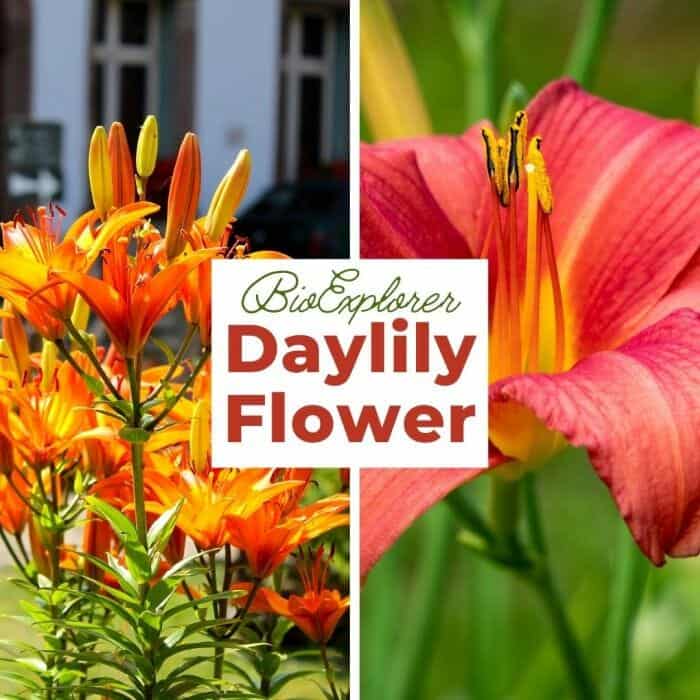
Known for its flowers that bloom in a single day, Daylily (Hemerocallis spp. ) has always been a favorite of many flower growers and gardeners worldwide. These attractive short-lived plants are often called the “perfect perennials” for many reasons.
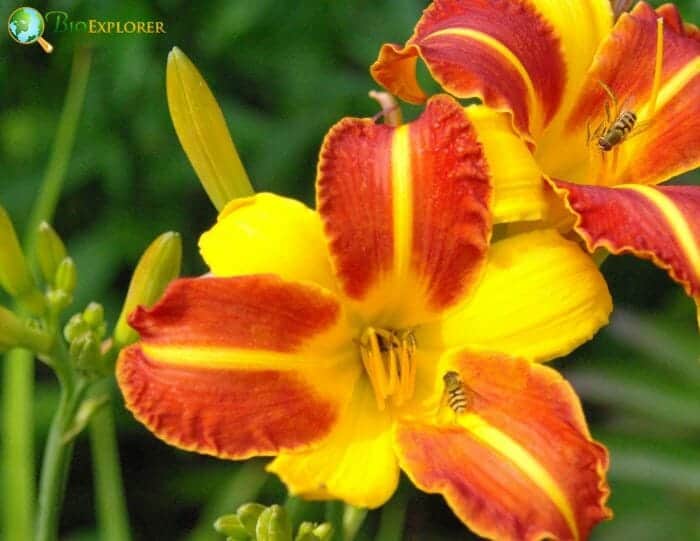
They not only produce many flowers of different sizes, shapes, and colors, but they are also suitable for different planting conditions. The daylily is a flowering plant native to Asia. Although some reports say that daylily belongs to the Liliaceae family, in reality, they are not true Lilies.
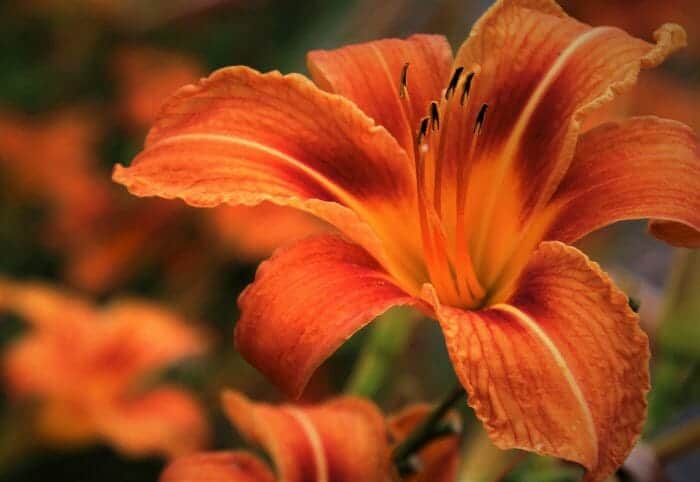
This perennial plant once belonged to the Liliaceae family but now belongs to Asphodelaceae under the Hemerocallis genus. Therefore, it is surprising that more than 45, 000 species[1] of daylily have evolved out of twenty species of daylily.
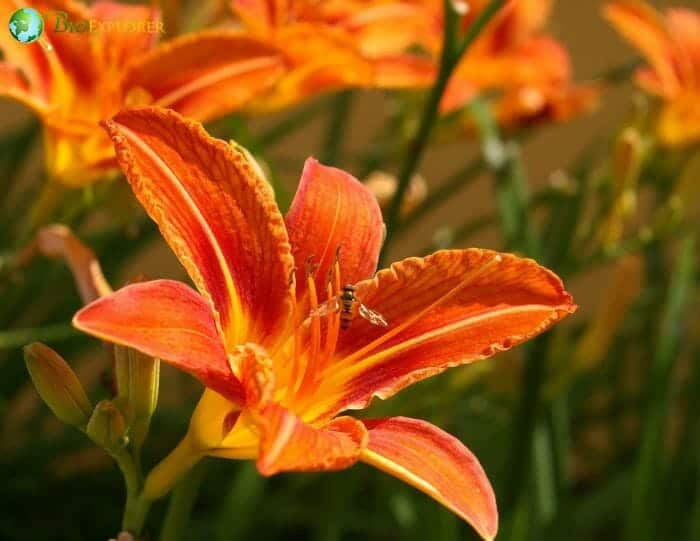
Daylilies have erect, leafless flower stems known as scapes that protrude from the crown and extend beyond the foliage. The crown is the part of the plant between the leaves and the root. For most varieties of daylilies, scapes reach between 1 and 5 feet tall.
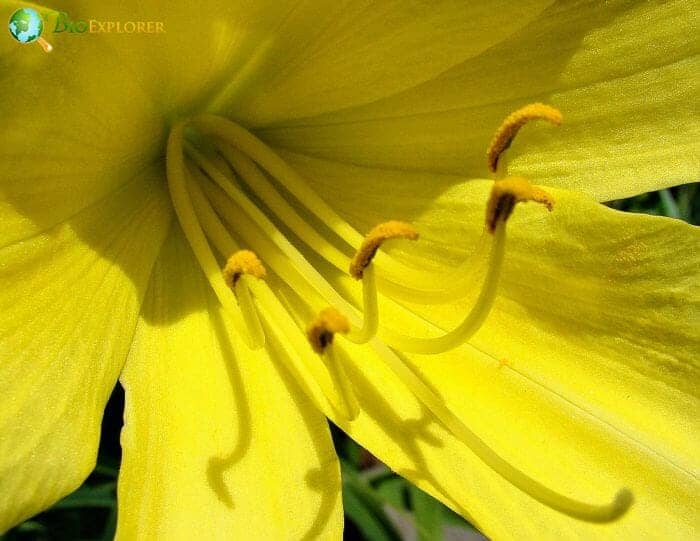
Traditional daylilies are available in reddish-yellow, orange, or yellow. However, as these plants have always been the subject of hybridization since the 1930s, particularly in England and the United States, they are now available in various colors, including crimson, purple, red, pink, yellow, white, and many more.











